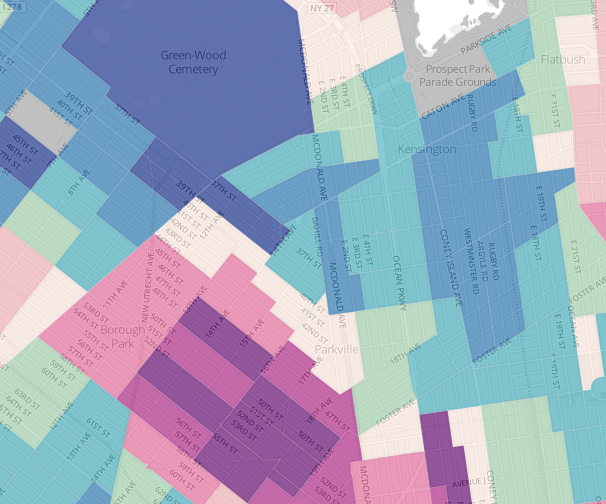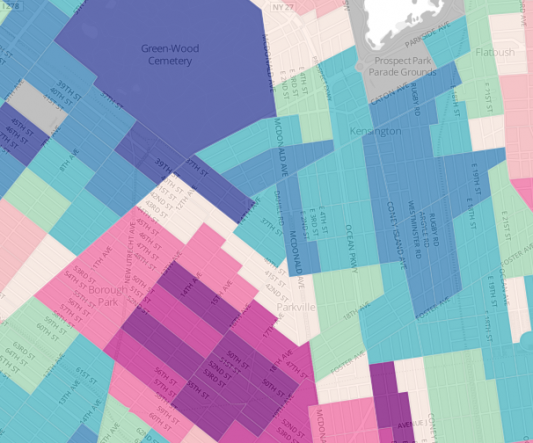How NYPD Spying Changed Demographics And Faith In Little Pakistan


Conor Friedersdorf’s recent piece in The Atlantic details the effects of the NYPD’s decade-long surveillance in Muslim communities. As one of Brooklyn’s most diverse areas and the neighborhood that houses Little Pakistan, there is no doubt that Kensington has been touched by police profiling–but what’s more surprising than the paranoia of other groups directed towards the Muslim population is the secrecy and finger-pointing inside the community that Friedersdorf claims has resulted from it.
As the piece states, spying on and otherwise violating the civil liberties of Muslim communities has produced absolutely zero leads for the authorities–only caused fear, weakened the ties between people who share a faith, and even resulted in tens of thousands of people leaving the United States.
The NYPD has certainly encouraged accusations and distrust based on misconstrued statements within Brooklyn communities. According to The Atlantic’s piece, people who might have banded together in the wake of 9/11 have lessened or altogether stopped involvement in their places of worship, and been turned against one other by the threat of paid informants (specially-dubbed “mosque crawlers”) and police retaliation.
So, has the “See Something, Say Something” so-called counterterrorism mentality made Kensington a safer place, or simply a place where people who once shared religious ideals can no longer confide in each other?
Neighborhood demographic map via WNYC



